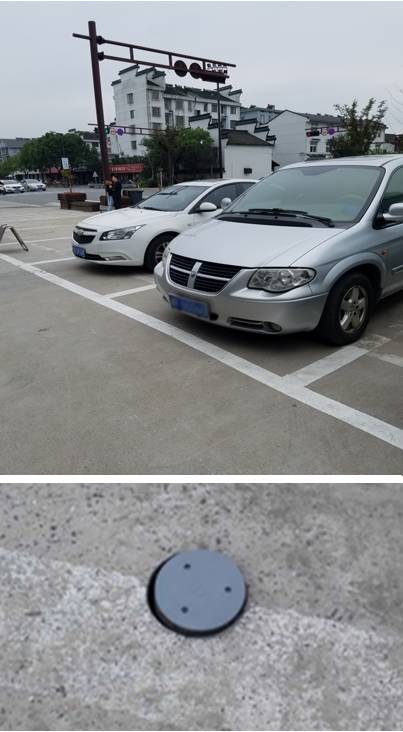The world is at the intersection of the physical and virtual realms, where connections between people, objects, information, and services are becoming ubiquitous. By 2020, over 50 billion connections are expected, with the global IoT market projected to reach nearly $1.7 trillion.
How will the Internet of Things change our lives? We start with an unusual smart parking app…

Parking difficulties have become a common issue in modern life. With this app, you can search for and reserve parking spaces while also completing online payments, making you feel grateful and wishing you had discovered it sooner!
This is the first NB-IoT smart parking service compliant with 3GPP standards, launched by Zhejiang Mobile in collaboration with ZTE in Wuzhen, Zhejiang, ahead of the 3rd World Internet Conference, showcasing cutting-edge technological achievements to attendees.

The highlights of this smart parking solution include several key aspects:
● Advanced technology: The coverage of NB-IoT is 20dB stronger than GPRS networks, with a coverage capability ten times that of existing networks, and access capacity improved by more than 50 times compared to other technologies. Additionally, it reduces deployment complexity based on the operator’s existing network upgrades.
● User-friendly: It supports flexible parking space searches, reservations, and guidance, truly realizing convenient parking, potentially reducing the time spent searching for parking by about 43%. It supports multiple payment methods including automatic payment, app payment, and on-site payment, making it more convenient for users and reducing the workload of parking attendants by 61%.
● Simple operation and maintenance: With a fully wireless structure, installation is straightforward, requiring an average of just 2 person-days to deploy 100 vehicle detectors. The detectors have strong anti-interference capabilities, are disassemblable, and utilize easily purchasable, long-lasting batteries with a lifespan of up to 5 years. When battery levels drop below a threshold, the main station sends out an alarm notification, allowing maintenance personnel to easily replace the battery of the corresponding IDU using custom tools, averaging just 0.5 person-days to change batteries for 100 detectors.
● Efficient management: By effectively integrating massive parking data through data mining technology, management departments can achieve unified planning and management of parking resources; this also helps prevent revenue loss and misappropriation, leading to a 50% increase in parking revenue.
This is an end-to-end solution based on NB-IoT, where ZTE provides a complete set of solutions including chips, terminals, systems, and IoT platforms, including wireless base stations, IoT PaaS platforms, virtualized core networks, and NB-IoT terminal chips developed independently by ZTE.
This represents a key step in commercializing NB-IoT after ZTE was the first in the industry to conduct standard-based NB-IoT technology verification demonstrations earlier this June. This also reflects ZTE’s overall development strategy in the IoT sector.
ZTE’s IoT Development Strategy
In ZTE’s recently released M-ICT2.0 strategy